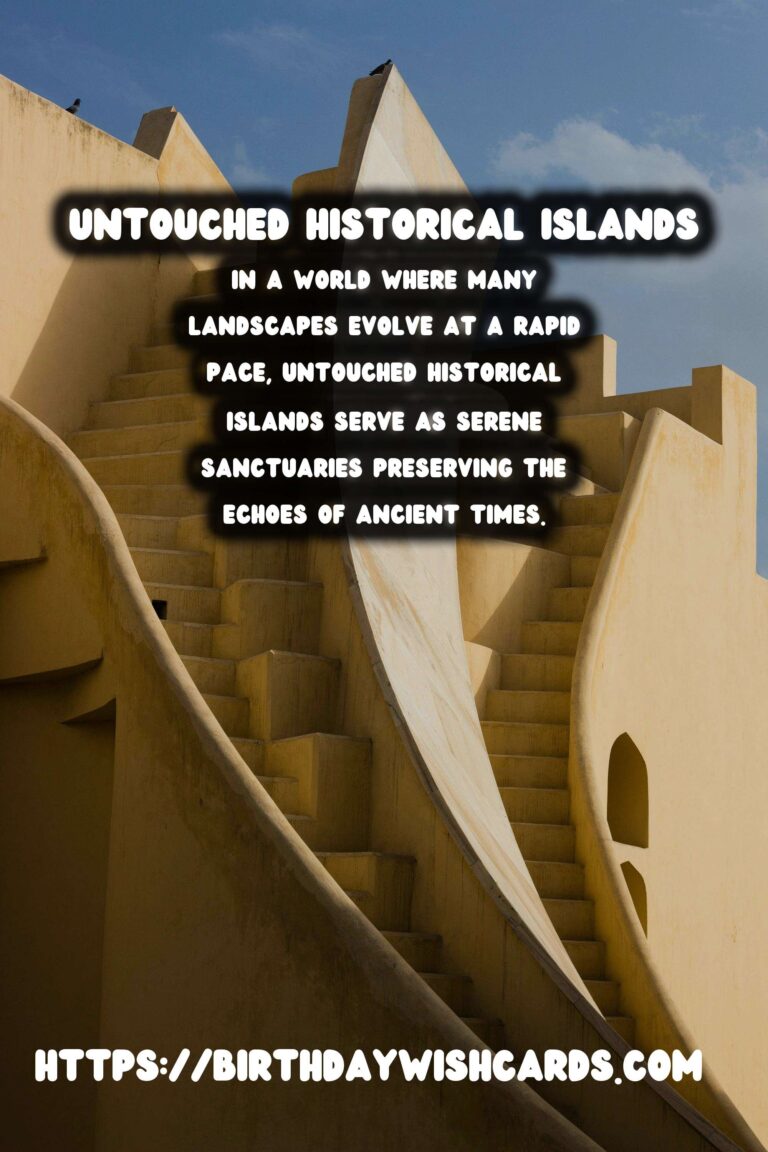
In a world where many landscapes evolve at a rapid pace, untouched historical islands serve as serene sanctuaries preserving the echoes of ancient times. These islands are living relics, draped in mystery and allure, holding the secrets of bygone eras in their landscapes and lore.
1. Easter Island, Chile
Located in the southeastern Pacific Ocean, Easter Island is renowned for its monumental Moai statues. These enormous stone figures, carved by the Rapa Nui people centuries ago, are a marvel of engineering and artistry. Despite the influx of tourists, the island remains largely untouched, offering a unique glimpse into Polynesian culture and an enigma that baffles archaeologists even today.
2. Socotra Island, Yemen
Socotra Island, part of the Socotra Archipelago, stands out for its distinct biodiversity; one-third of its plant life is found nowhere else on Earth. The exotic and alien-like dragon’s blood trees are a significant highlight, drawing botanists and explorers alike. This island’s isolation has allowed it to preserve its unique ecological and historical identity, offering a rare view of nature’s creativity.
3. The Faroe Islands, Denmark
Nestled between Norway and Iceland, the Faroe Islands are a cluster of 18 major islands. Known for their tumultuous seas and verdant landscapes, these islands have a rich history of Norse and Celtic influence. Their untouched beauty, rugged cliffs, and historical settlements serve as a testament to the blending of cultures and the natural beauty of the North Atlantic.
4. Lamu Island, Kenya
A part of the Lamu Archipelago in the Indian Ocean, Lamu Island is steeped in Swahili history and culture. The old town of Lamu is a UNESCO World Heritage site, known for its narrow streets, coral stone buildings, and rich blend of Swahili, Arab, and Indian cultures. Despite modernization pressures, Lamu retains its peaceful, untouched charm and is celebrated as one of Kenya’s great treasures.
5. The Galápagos Islands, Ecuador
The Galápagos Islands are arguably one of the most famous archipelagos in historical and natural sciences. With its plethora of unique species, such as the giant tortoises and marine iguanas, these islands played a pivotal role in Charles Darwin’s theory of natural selection. Though often visited, the islands’ protected status ensures their ecosystems remain preserved and largely untouched.
6. Pitcairn Islands, British Overseas Territory
The remote Pitcairn Islands are a group comprising four volcanic islands in the southern Pacific Ocean. Famous as the settlement of the mutineers from the HMS Bounty, its tiny population sustains a lifestyle far removed from modern distractions. The untouched remnants of Polynesian culture coexist with the artifacts left by European settlers, offering a unique historical tapestry.
Conclusion
Untouched historical islands provide more than just a journey through time; they offer a deeper understanding of cultural heritage and ecological resilience. These islands stand as fragile reminders of the Earth’s rich history, inviting us to explore and learn from them, often at our pace, without the rush of modern existence.
In a world where many landscapes evolve at a rapid pace, untouched historical islands serve as serene sanctuaries preserving the echoes of ancient times. These islands are living relics, draped in mystery and allure, holding the secrets of bygone eras in their landscapes and lore. 
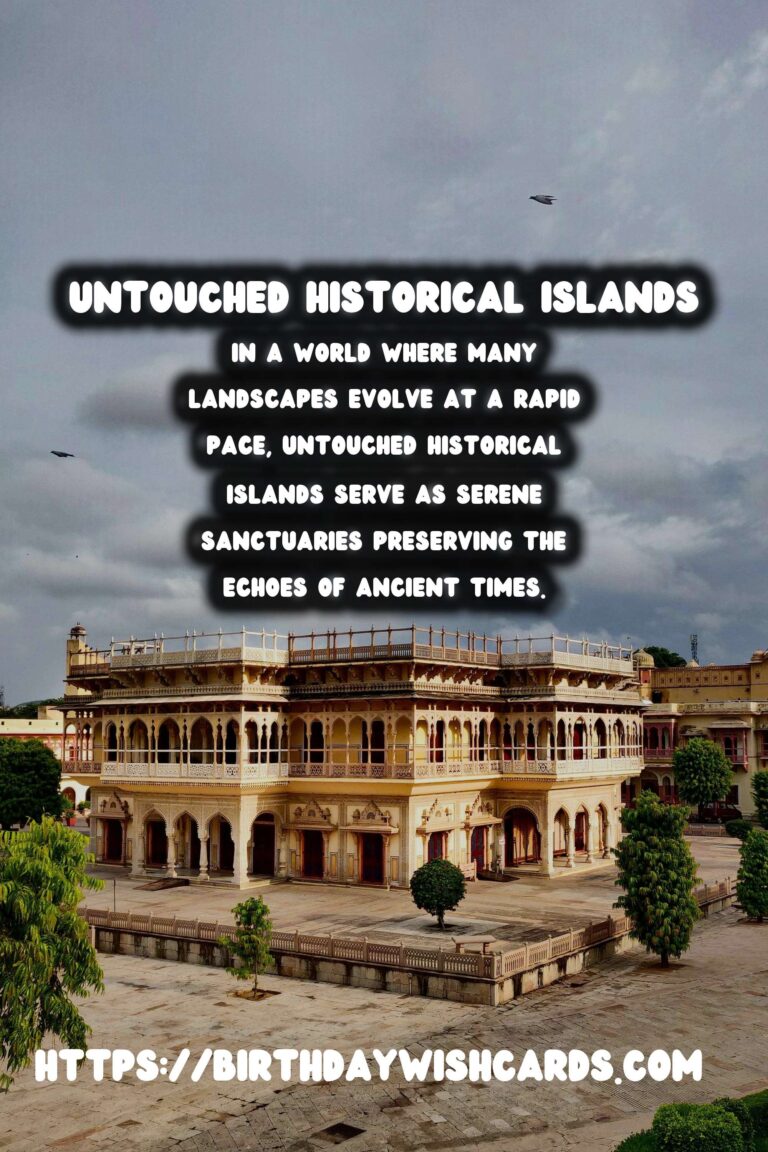
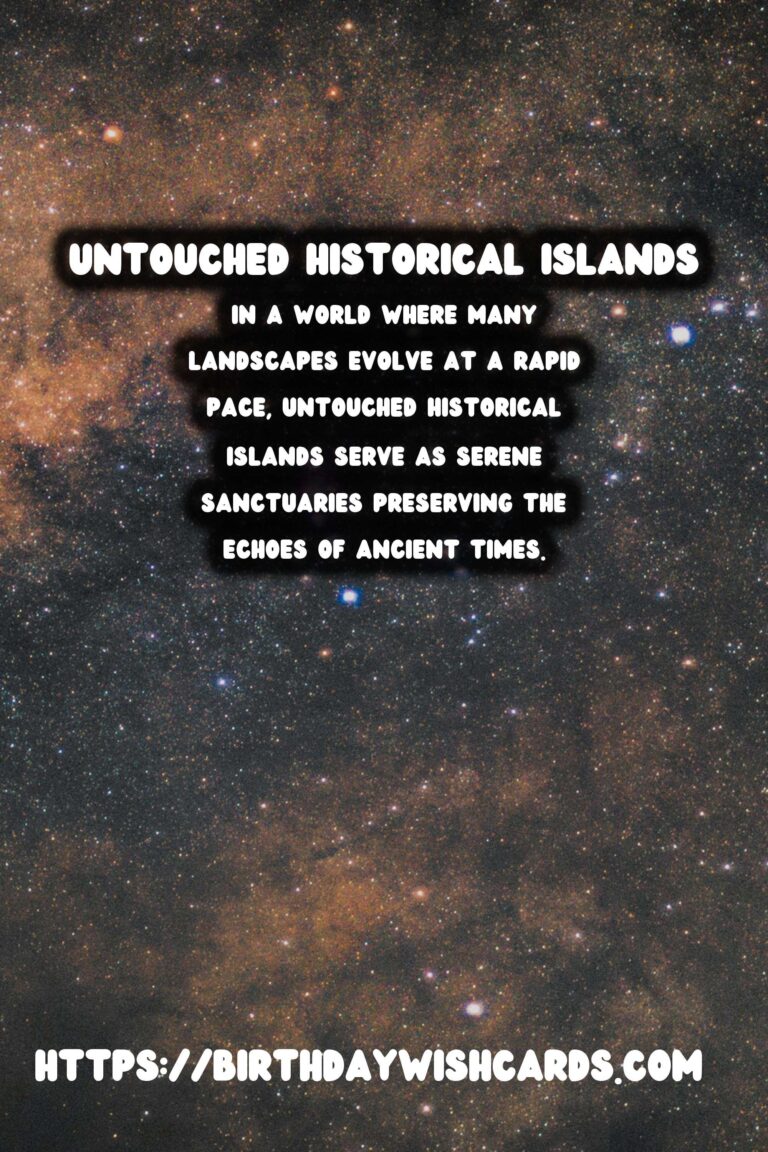
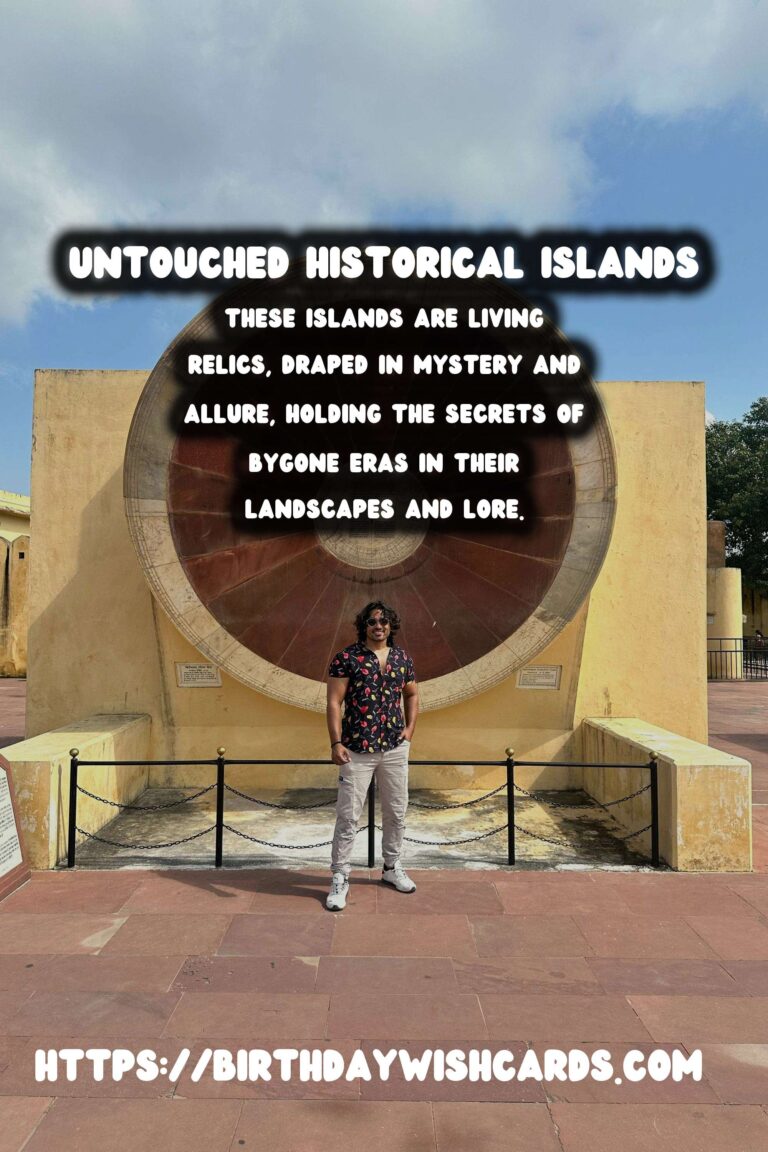
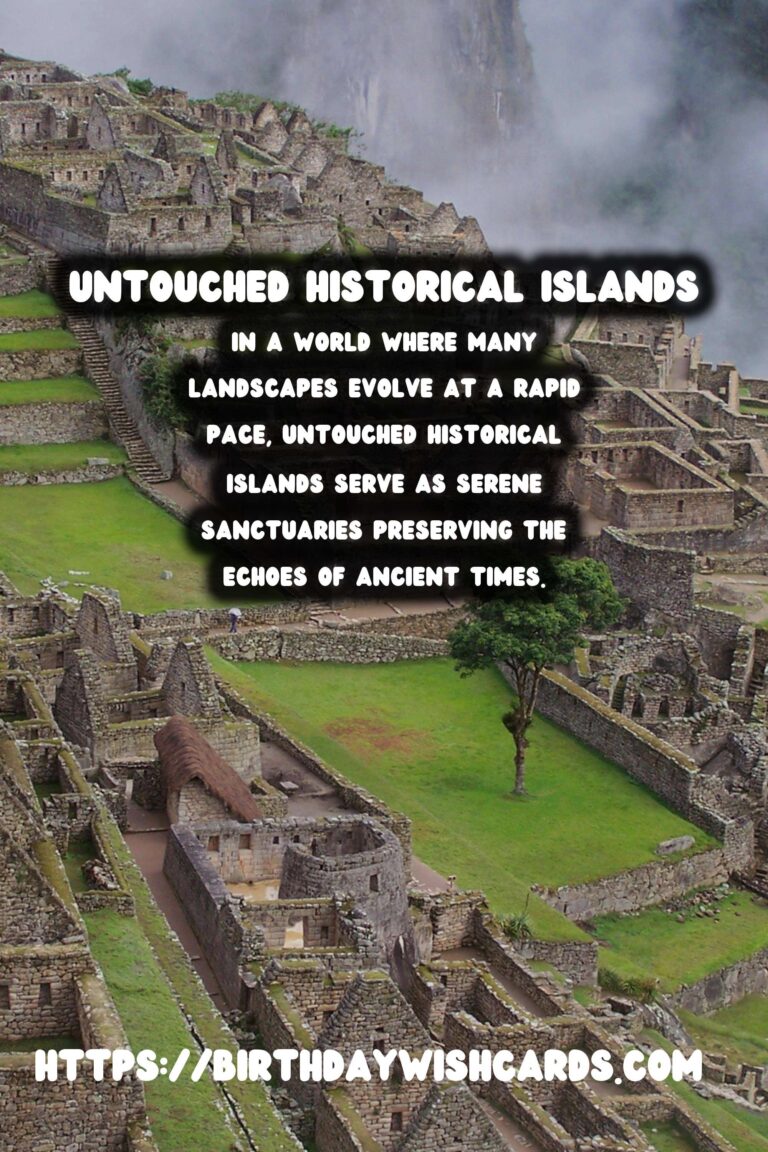
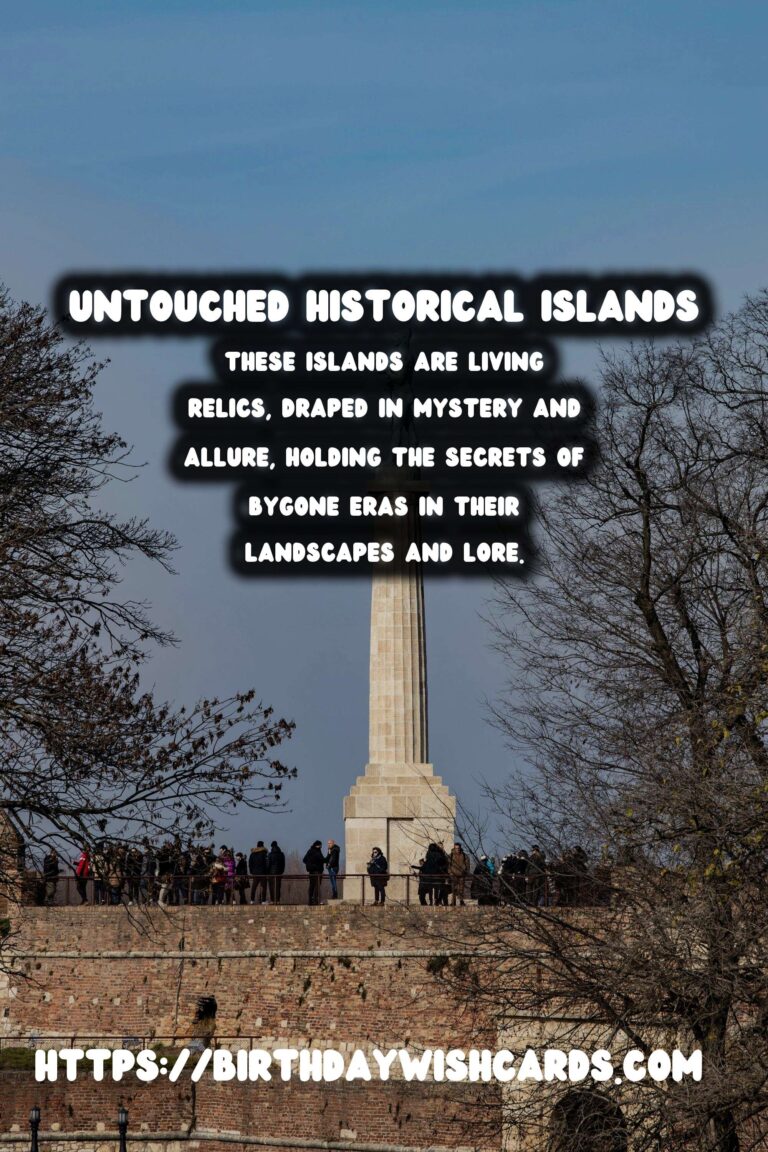
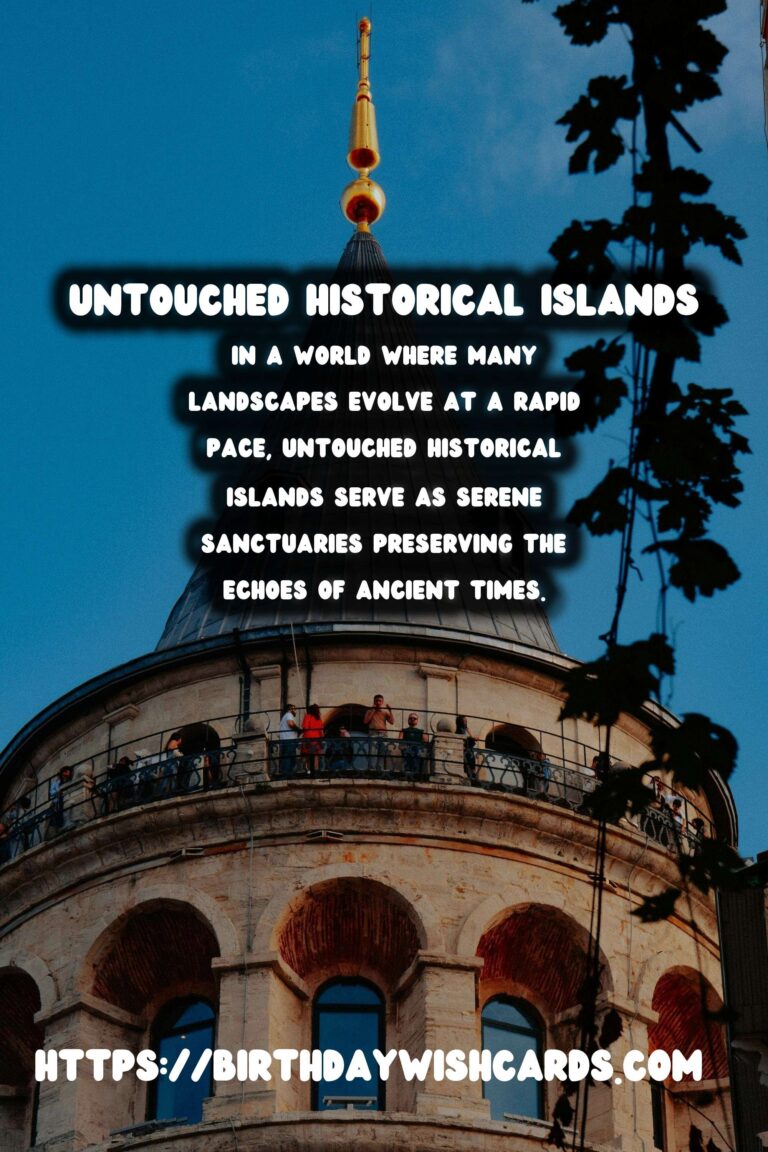
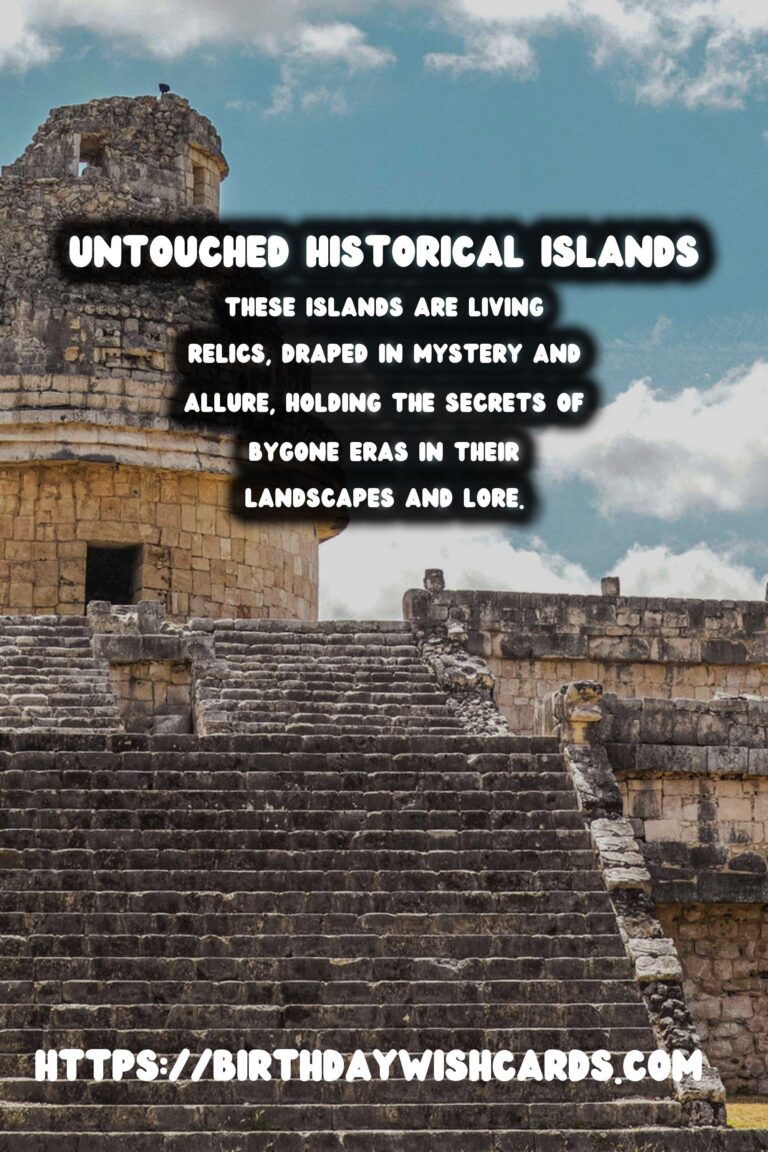
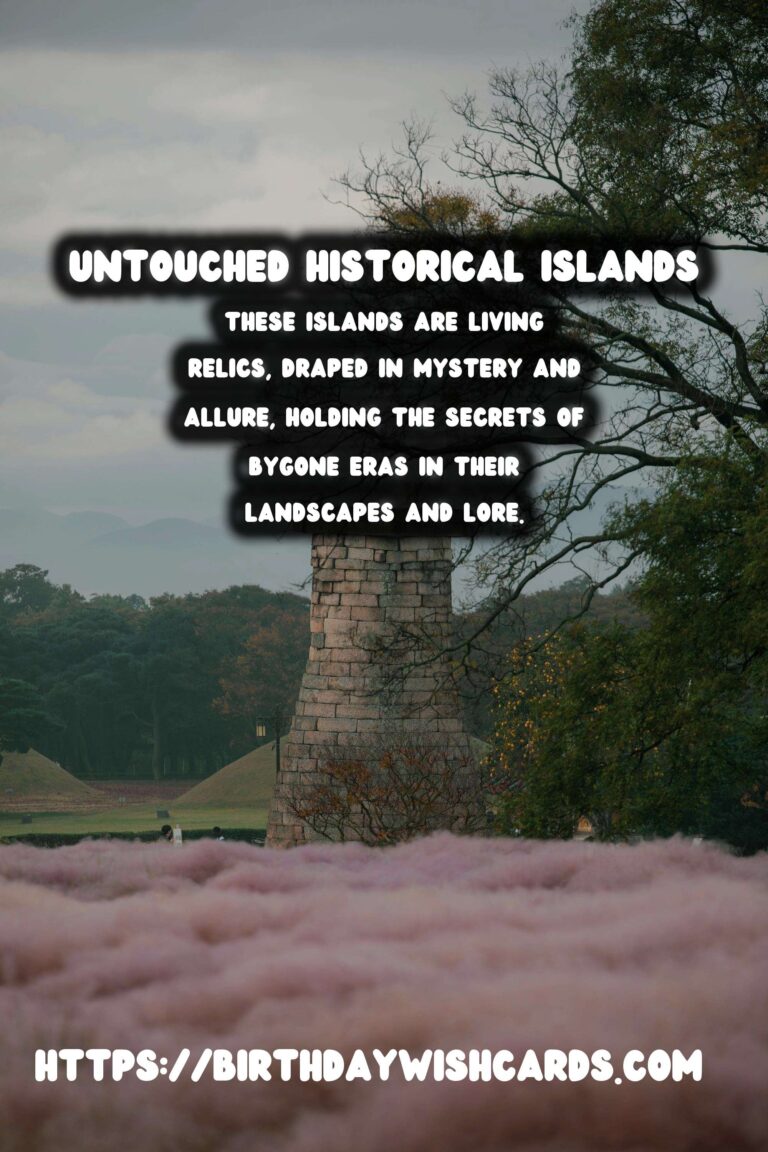
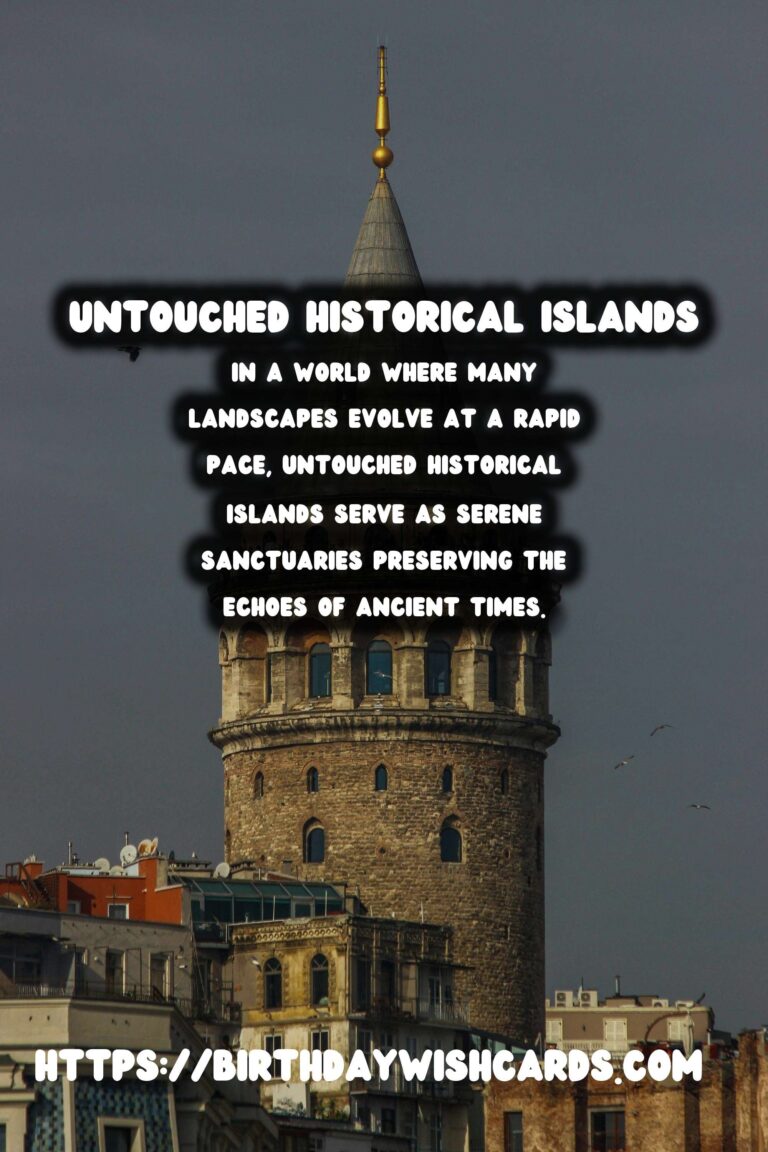
#HistoricalIslands #UntouchedBeauty




